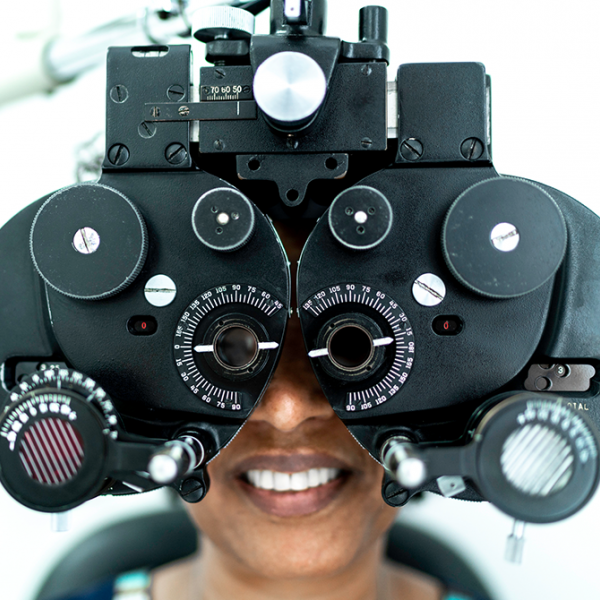What is nearsightedness?
Nearsightedness is a refractive error that makes far-away objects look blurry. It happens when the shape of the eye makes light focus in front of the retina (a light sensitive layer of tissue in the back of your eye), instead of on it.
If you’re nearsighted, your eye doctor can prescribe eyeglasses or contact lenses to help you see clearly.
What are the symptoms of nearsightedness?
The most common symptoms of nearsightedness are:
- Trouble seeing things that are far away
- Needing to squint to see clearly
- Eye strain (when your eyes feel tired or sore)
Some people who are nearsighted get headaches, but this isn’t as common.
If you have mild nearsightedness, you may not notice any symptoms. That’s why it’s important to get regular eye exams — so your doctor can make sure you’re seeing as clearly as possible.
People who have severe nearsightedness (also called high myopia) may also be at higher risk for other eye conditions, like retinal detachment (when the retina is pulled away from its normal position).
Am I at risk for nearsightedness?
Anyone can be nearsighted, but you’re at higher risk if you have family members who are nearsighted too.
Nearsightedness usually starts between ages 6 and 14 and gets worse until your early twenties. Children who spend more time outdoors are less likely to be nearsighted, but experts aren’t sure why.
What causes nearsightedness?
Nearsightedness happens when your eyeball grows too long from front to back, or when there are problems with the shape of your cornea (clear front layer of the eye) or lens (an inner part of the eye that helps the eye focus).
These problems make light focus in front of the retina instead of on it — and that makes far-away objects look blurry.
How will my eye doctor check for nearsightedness?
Eye doctors can check for nearsightedness as part of a comprehensive eye exam. The exam is simple and painless.
What's the treatment for nearsightedness?
The most common treatments for nearsightedness are eyeglasses or contact lenses. Your eye doctor will prescribe the right lenses to help you see as clearly as possible.
Adults can also get surgery to treat nearsightedness. The surgery changes the shape of your cornea so it can focus light clearly.
